Perhaps many have noted similarities in the impressive pieces of architecture preserved in different parts of the world, oftentimes quite distant from one another. Created in the same style, they amaze with their beauty, extraordinary size and remain a fascinating chapter in the history of architecture. Some of these buildings are adapted for modern institutions, but a man is lost amidst their massive walls, huge arches and giant-sized doors.
One of many examples is the position of the upper door bolt in the Cathedral of Cordoba, Argentina. It is located at such a height that it is impossible to reach it without auxiliary means.
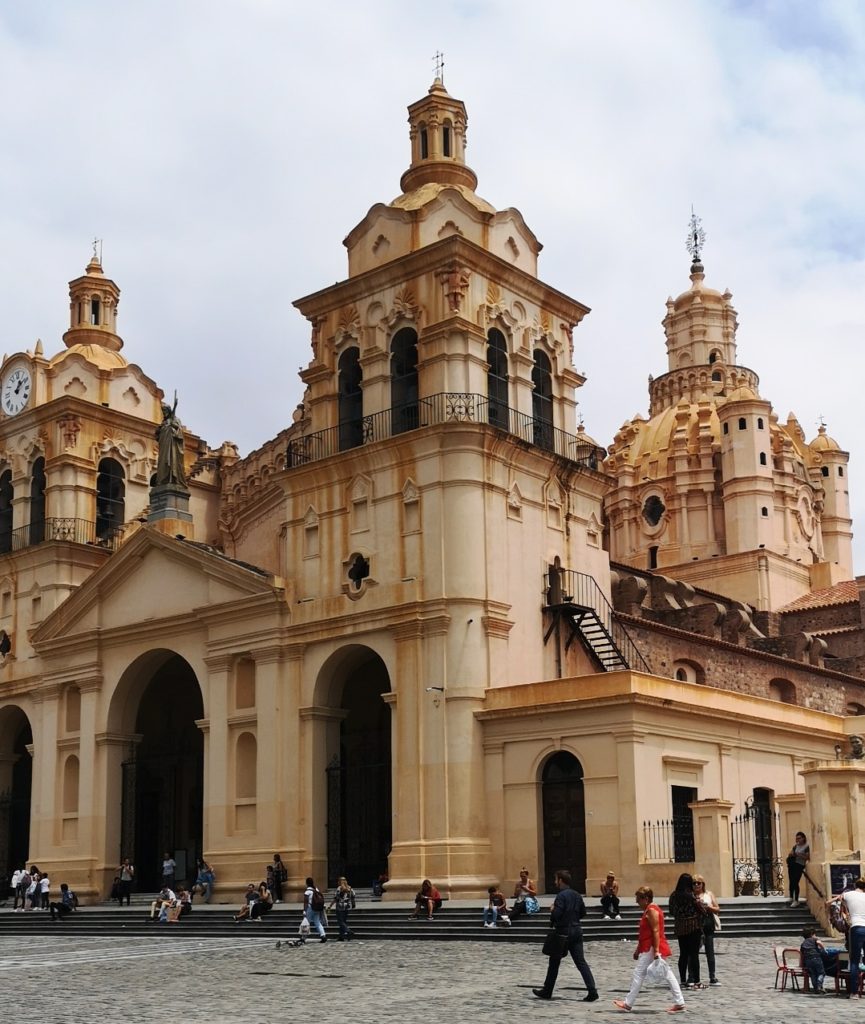
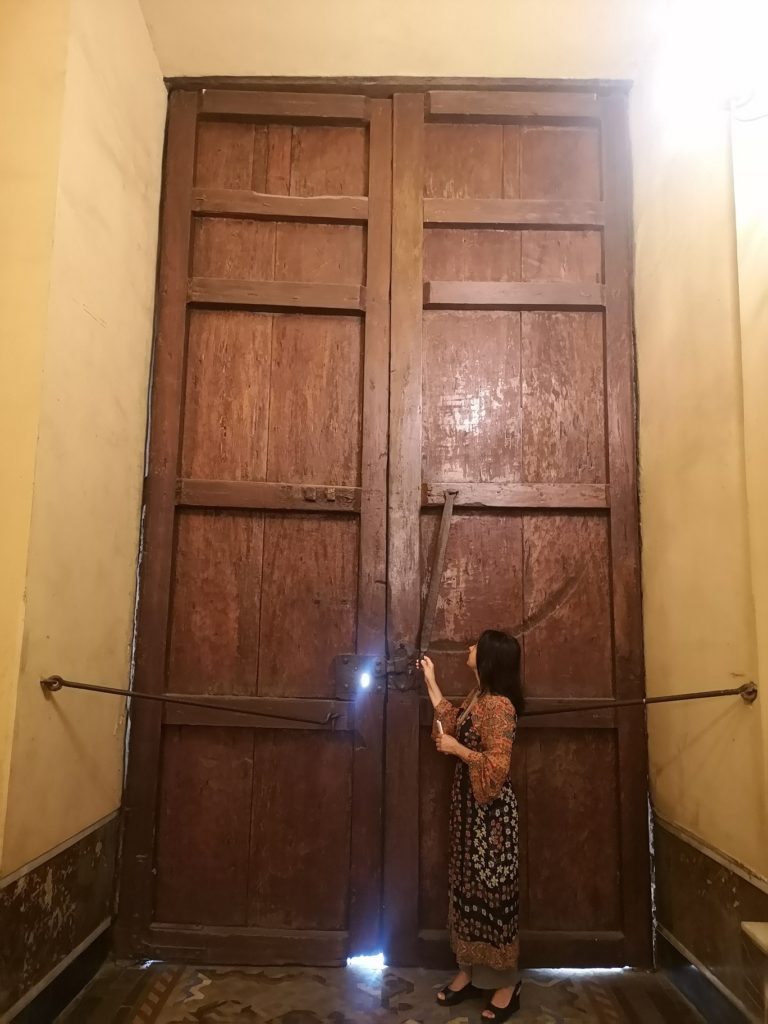
The vastness is especially felt in the City of Buenos Aires. The enormous size of the surviving architectural works of the historic center captures our imagination. One example of many is the Headquarters of The Bank of the Argentine Nation (Banco de la Nación Argentina).
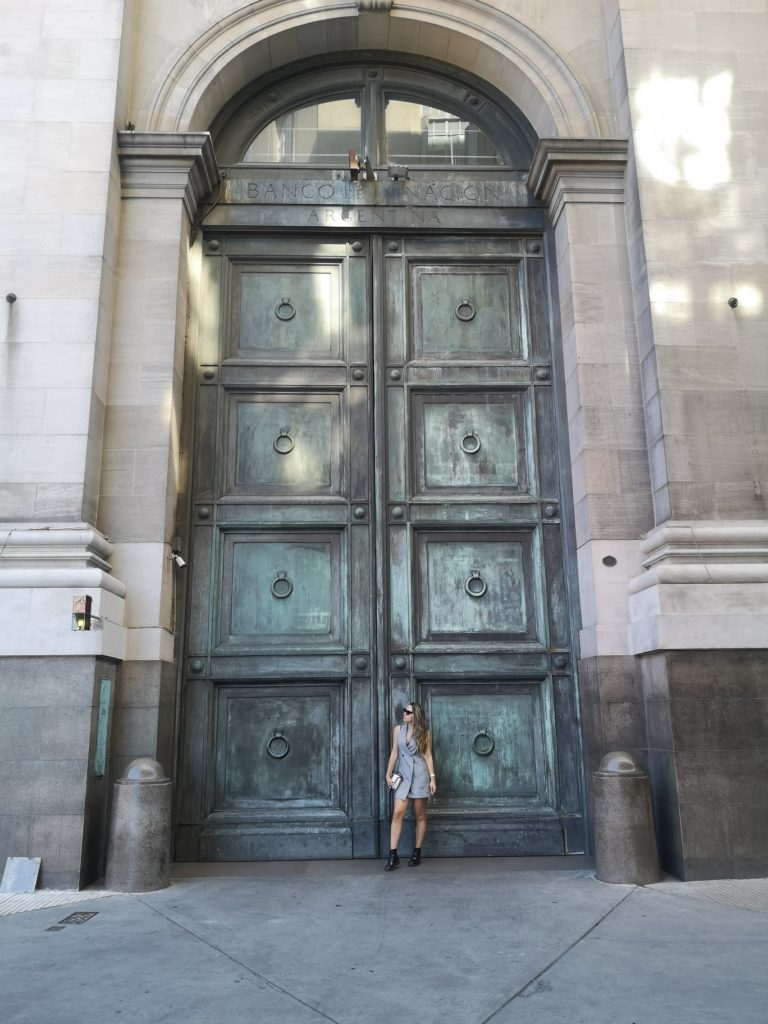
Even the trees amaze with their huge size. Their roots are huge, and the branches are the size of a trunk.

One of the most beautiful cities in the world, Saint Petersburg, is also distinguished by its grandeur and enormity. An American writer Edna Dean Proctor, visited the city in 1867 and documented its magnificence particularly well in her book A Russian Journey*.
“Yet out of this bleak morass there began to rise spires and domes and columns, half revealed in the shifting lights, and then, as the Sun struggled through the clouds, multiplying and shining resplendent like an enchanted city evoked from the gloom of the wave. We were bewildered with this mingled poverty of nature and splendor of art…We gained wharf and knew that we were in the capital of the Czars. What is St. Petersburg to-day? A city… with broad, regular streets and immense squares lined with lofty buildings…often imposing from their colossal size and lavish decoration. Saint Petersburg is the most signal triumph of human will over material obstacles that the later centuries have shown. Yet it overwhelms rather than delights you. It’s vast, it is amazing, but it is the domain of the Titans rather than of the Graces.”
Indeed, one of the many landmarks of Saint Petersburg are the Atlanteans at the Hermitage, Titans called to hold the sky on their shoulders. They are ten monolithic statues made of gray Serdobol granite. This sculptural composition is unique in beauty and technology. Nowhere in the world is there anything like it.
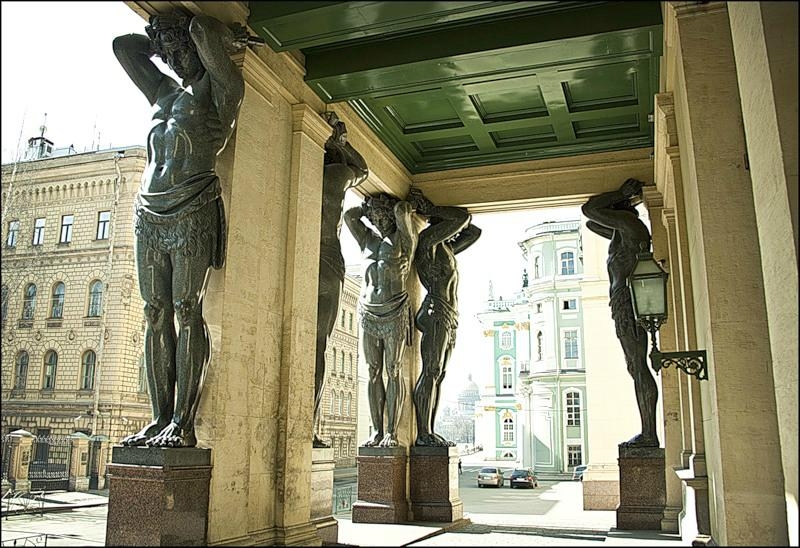
Despite the most difficult trials that befell the city and its inhabitants in the 20th century, Saint Petersburg, which survived the 872-day World War II blockade, was largely able to maintain its magnificent appearance.
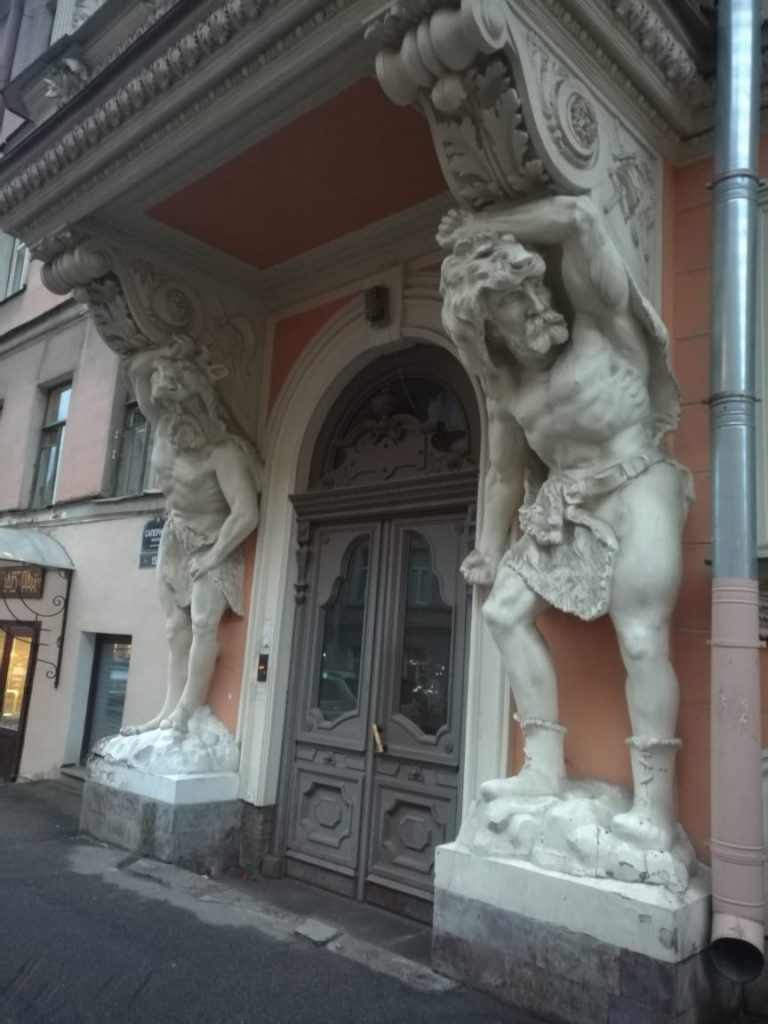
Unfortunately, many of world’s cities have lost their architectural splendor. The most beautiful centuries-old houses that could serve several more generations are not used, are abandoned or replaced by unpretentious modern buildings.
Nowadays, many museums around the world exhibit engravings depicting various cities as they once were. One involuntarily notes curiosity and sadness on the faces of the people examining the former beauty of their cities.
Nikolai Gogol, Russia’s famous dramatist, once noted, “Architecture is a chronicle of the world: It speaks when songs and legends are silent, when no one speaks any longer about a vanished people.”
It is possible that the distortion of the architectural appearance of cities is a way of distorting “the chronicle of the world”.
________________________________________________
*Edna Dean Proctor, A Russian journey (1872)
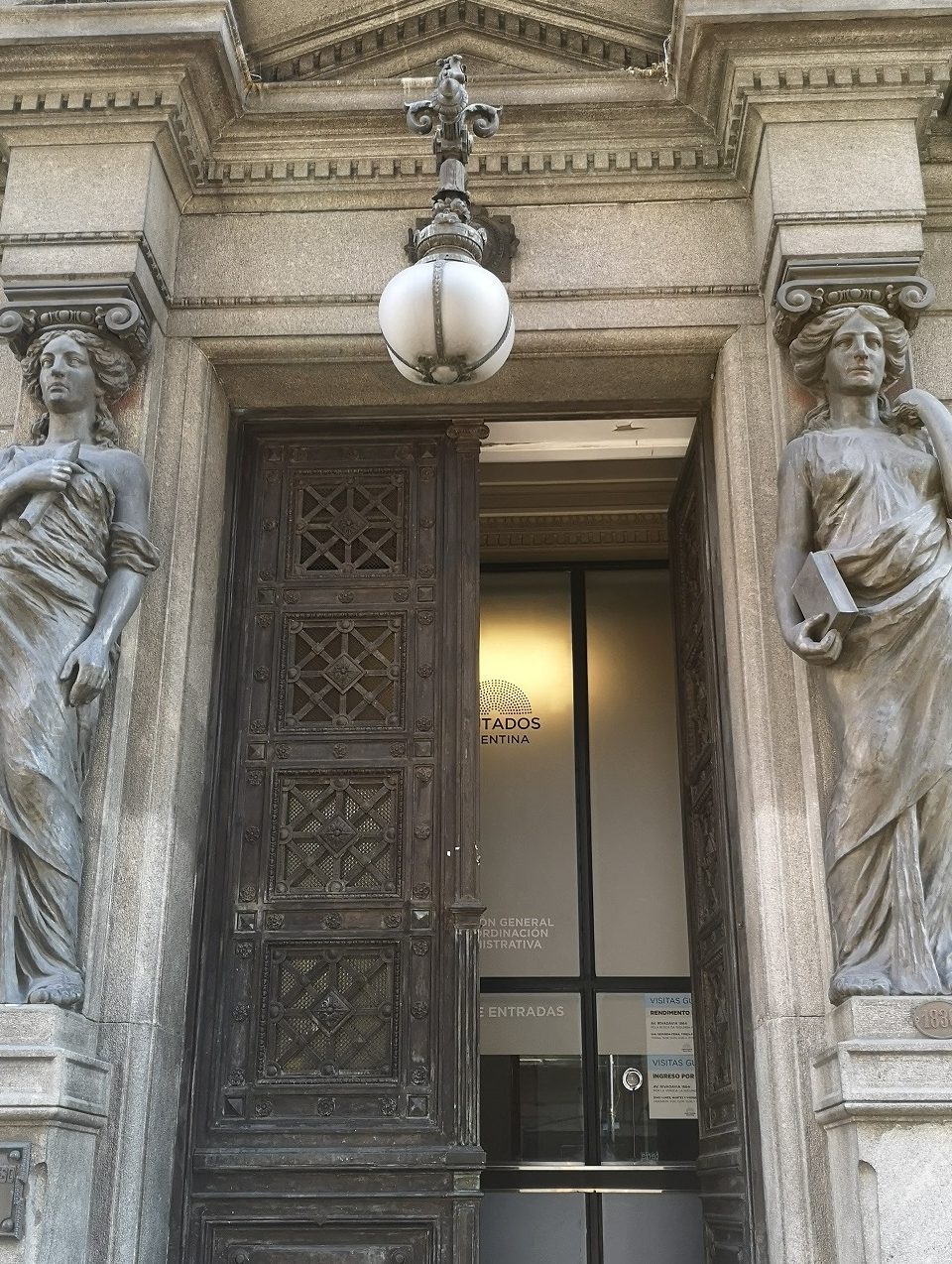
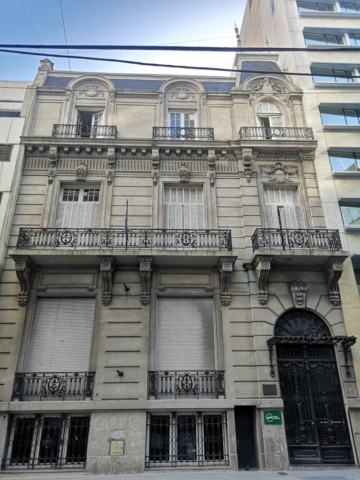
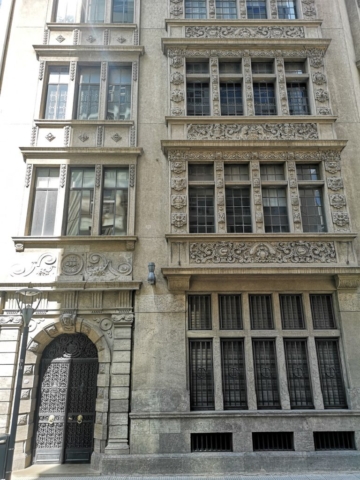
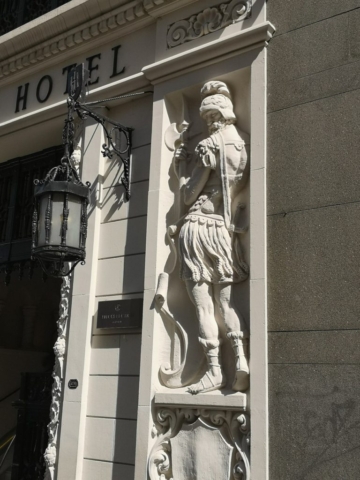
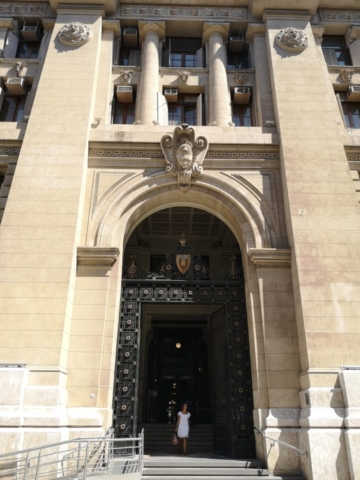
One comment